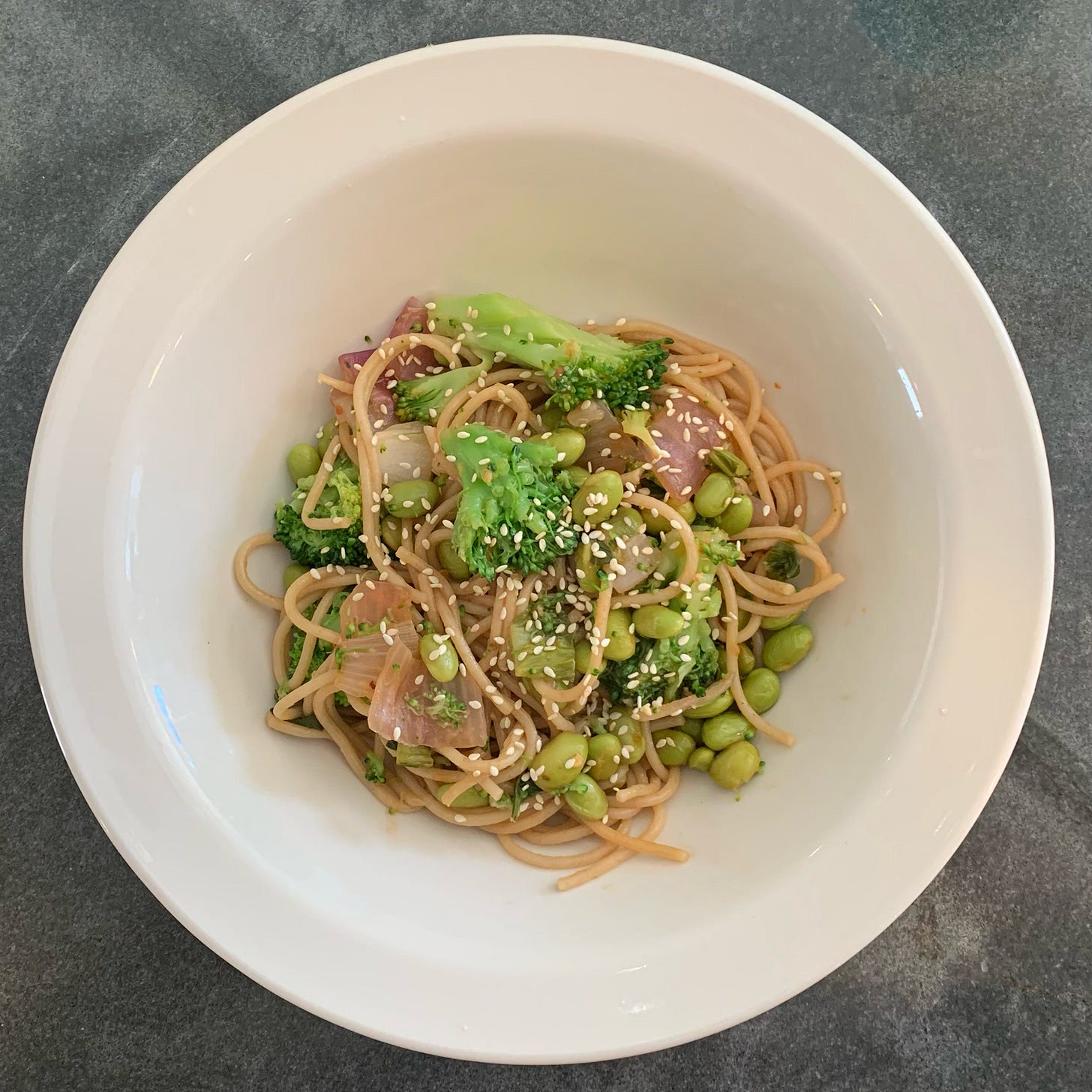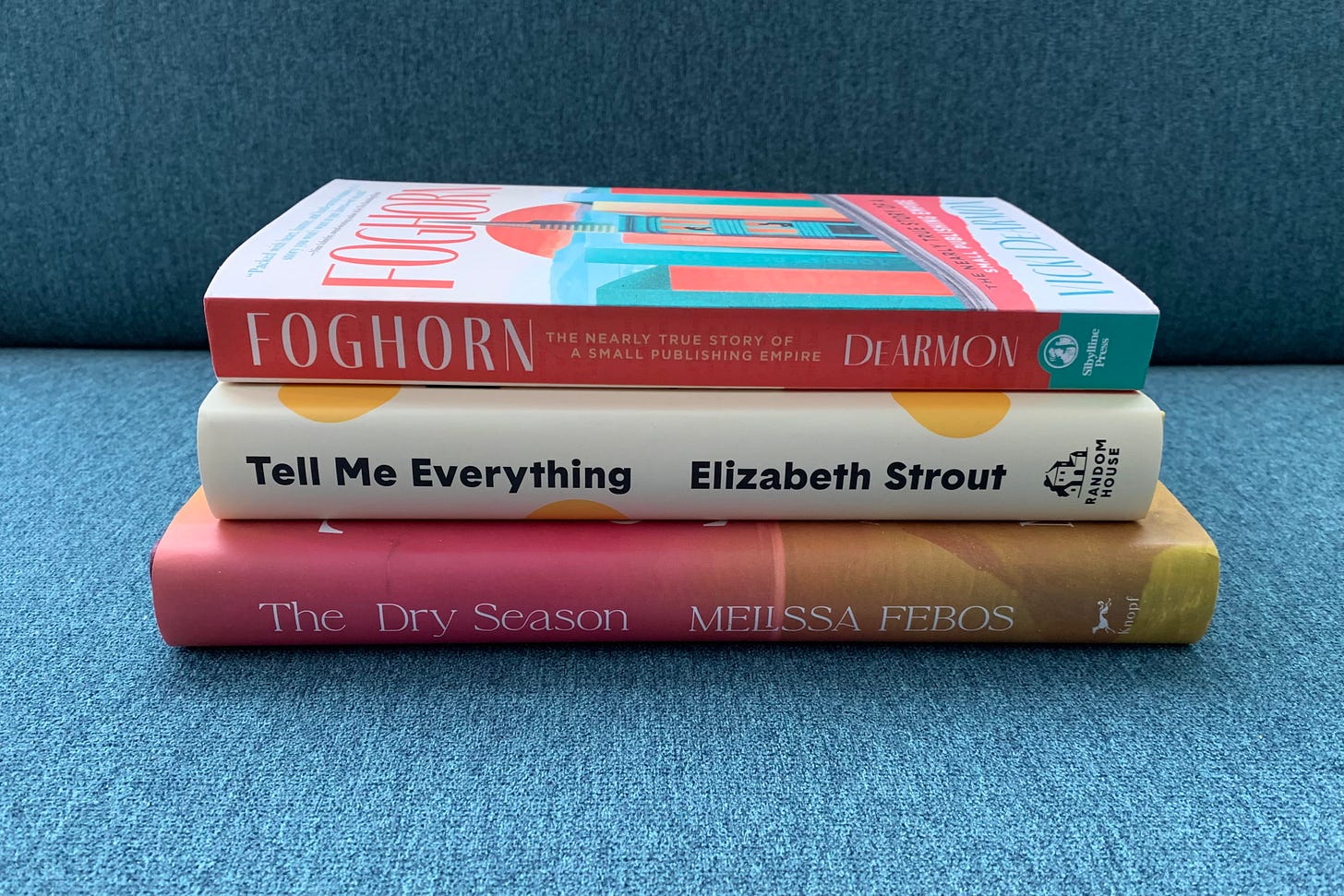Note: Today’s post is about the history of a park in Los Angeles, California.
For Writers: This piece is the result of research or “B material” for a short story I am writing that takes place at this location. Place and history are important to me in my writing, but as usual, my research led me down a fascinating rabbit hole into the history of a place (and a song) I hadn’t known much about before. Some of the details I learned about the park (and the song) will likely make their way into the story. If they do, I will be mindful of something author Mary Yukari Waters once told me, which I’ll paraphrase, but which went something like this: “You can put anything you want into a story, but you have to earn it. It is your job as a writer to make sure every detail earns its place.” In other words, I can’t just drop the details in because they’re fascinating to me—I have to weave them into the prose and make them relevant to the plot, the character, the story.
General Douglas MacArthur Park is located in the Westlake neighborhood of East Los Angeles, California. It is situated west of the Los Angeles River, sandwiched in between Koreatown to the west and Chinatown to the east. Its sister park, Lincoln Park, lies east of the river in another East Los Angeles neighborhood known as Lincoln Heights.
MacArthur Park is even older than the neighborhood of Westlake in which it resides. The park was a swampland when the area was settled in the mid-1800s, called the “Dead Sea” by locals. It was developed into a park and then the neighborhood was developed in the late 1800s. By 1900 the park was a vacation destination surrounded by luxury hotels and called “Southwest Park,” then “Westlake Park” after the wealthy physician who donated the land. The park’s name was changed in the 1940s to honor General Douglas MacArthur after World War II.
MacArthur Park is a real place and exists in the concrete world, outside of song lyrics. Most people who live outside of Los Angeles have heard of MacArthur Park because of the song about a cake that was left out in the rain, originally recorded by Richard Harris—King Arthur in the Broadway musical Camelot—and made disco famous by Donna Summer in 1978. Both Harris’s and Summer’s versions are featured in September 2024’s Beetlejuice Beetlejuice.
“MacArthur Park” was written by Jimmy Webb, who wrote it about his breakup with a girlfriend named Susie—he used to meet her at the park on her lunch hour, and everything mentioned in the song is something they actually saw at the park. They really did see a cake there once, left out in the rain, its green icing melted and dripping. According to Second Hand Songs, “MacArthur Park” has been covered more than 200 times.
Webb was a prolific songwriter. He wrote The 5th Dimension’s 1967 hit “Up, Up and Away,” a song that always makes me think of my childhood. He also wrote most of Glenn Campbell’s hits: “Galveston,” “Wichita Lineman,” and “By the Time I Get to Phoenix”. That last song was about another one of Webb’s breakups with Susie, which makes it difficult to believe he was so broken up about it when she finally dumped him. (Interestingly, one of my favorite chapters in my debut novel got its title from that last song—it’s called “Time to Flagstaff”—thank you, Tod Goldberg.) Anyway, Webb was fickle, it seems, and left Susie over and over again, “so many times,” but they remained friends, even after she married Linda Ronstadt’s cousin.
Back to the park itself.
Geographically, MacArthur Park is located in the center of urban Los Angeles, and Wilshire Boulevard runs through it and divides it, north and south. The southern half of the park is home to a spring-fed lake. The park has a bandshell, playground, recreation center, soccer fields, and paddle boats. In the 1950s, swans gave birth to cygnets at the lake.
On May 1, 1972, MacArthur Park was designated Los Angeles Historic-Cultural Monument No. 100. But by 1985, the park was known for violence, drugs, and prostitution. Around 2000, the park was redeveloped by and between community leaders, business leaders, and the LAPD. Efforts were made to improve relations between the LAPD and the neighborhood. Crime rates went down, and in the intervening years, the park has enjoyed periods of relative peace. But today, the park is considered to be a part of the territory of MS-13, an international crime gang, and in recent years, crime was once again on the rise.
In January 2025, the City of Los Angeles intervened and both the City and the LAPD began funneling increased resources into the park, which seems to have significantly decreased crime.1 However, these days, the park is much quieter due to ICE raids; “undocumented immigrants, and even those here legally but fear they could be racially profiled, are exercising extra caution navigating their daily lives.”2 Street vendors who made their living selling food and beverages at the park (and who contribute an estimated $500 million a year to the LA economy) are suffering financially.3 (If you’re interested, one way to help is to continue to support independent journalism—news outlets like L.A. Taco continue to shine a light on “street-level news stories that often cover L.A.’s most marginalized communities ….” Actress Eva Longoria is currently matching donations to L.A. Taco.)
MacArthur Park has a significant place in the history of Los Angeles and in popular culture. For more than one hundred years, MacArthur Park has been featured in television, in film, and in music videos. Enjoy this iconic scene from the movie Drive (2011), which was filmed in MacArthur Park:
“If we are not actively using our privilege, whatever level of privilege that might be, to dismantle the racist systems that exist, we are not doing enough.”
—Lorena Lopera
WHAT I’VE BEEN UP TO
I’ve been poring over back issues of Forks and Knives, looking for new recipes to try out for a whole food, plant-based cooking course I’m taking. My ex-boyfriend Bill, who is a CIA-trained chef, would be happy to know I’ve finally learned how to blanche vegetables. I have a complicated and slightly traumatic relationship with cooking, which I’ll write about someday. In the meantime, here are a couple of my favorite things I’ve made so far:


“Before you conquer the mountain, you must learn to overcome your fear.”
—Isabel Allende
WHAT I’M READING
I often have two or three books going at a time—one fiction, one memoir, one nonfiction (usually relating to something I’m trying to learn to do). I move between them depending on my mood. How about you?
Right now, I’m reading Melissa Febos’s memoir The Dry Season, about giving up relationships and sex for a year to focus on herself; Tell Me Everything by Elizabeth Strout, the fifth book in her Lucy Barton series; and Foghorn: The Nearly True Story of a Small Publishing Empire by Vicki DeArmon. Little did I know when I bought Foghorn back in May that Vicki DeArmon and Sibylline Press would soon be my publisher. That is adding another layer of fun to reading it. :)
“Being Latino means being from everywhere, and that is
exactly what America is supposed to be about.”
—Raquel Cepeda
SOMETHING FOR READERS
“How do you know what to read?”
(Alexander Chee for The Querent)
“You are never strong enough that you don’t need help.”
—Cesar Chavez
SOMETHING FOR WRITERS
The Practicing Writer 2.0: July 2025: Featuring 55+ fee-free, paying/funded opportunities for writers of fiction, poetry, & creative nonfiction—alongside a featured resource, subscriber success stories, & more.
(Erika Dreifus for The Practicing Writer 2.0: A Newsletter from Erika Dreifus)
“We must use our lives to make the world a better place to live, not just
to acquire things. That is what we are put on the Earth for.”
—Dolores Huerta
SOMETHING TO MAKE YOU SMILE

“The most valuable possession you can own is an open heart.
The most powerful weapon you can be is an instrument of peace.”
—Carlos Santana
Leanne Phillips
Writer | Book Coach | Editor
leannephillips.com
Thanks for reading my post! If you liked it, please share it with a friend who might enjoy it. If you didn’t enjoy the post, you can unsubscribe below.
“Mayor Bass Announces Drop in Violent Crime in MacArthur Park Since City Action in January,” (3/10/2025), City of Los Angeles official website, https://mayor.lacity.gov/news/mayor-bass-announces-drop-violent-crime-macarthur-park-area-city-action-january.
Libor Jany and Ruben Vives, “MacArthur Park goes quiet amid ICE sweeks. ‘They’re targetting people that look like me,’” (6/13/2025), Los Angeles Times, https://www.latimes.com/california/story/2025-06-13/macarthur-park-ice-fear-goes-quiet.
Janette Villafana, “‘We Need Help’: MacArthur Park Street Vendors Fear for Their Livelihood as ICE Raids Continue,” (7/01/2025), L.A. Taco, https://lataco.com/macarthur-park-ice-street-vendors.






My daughter lives in LA. Loved learning a little about her adopted home.
Thanks for the history lesson Leanne.